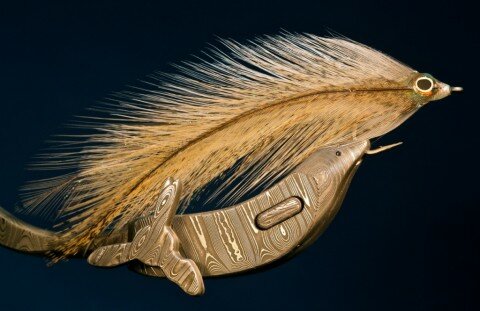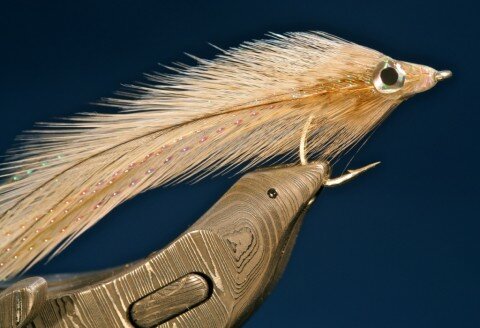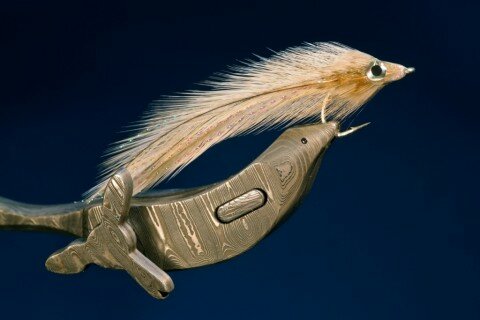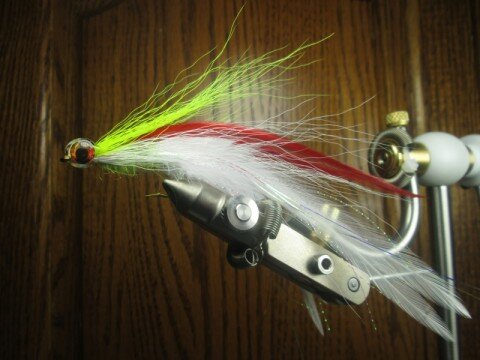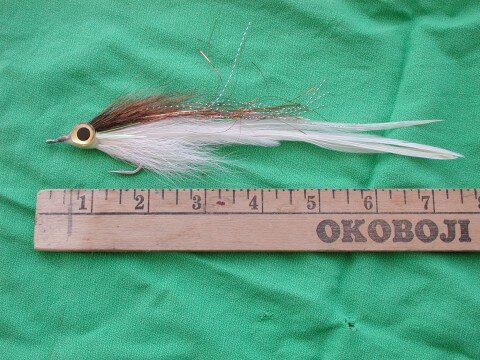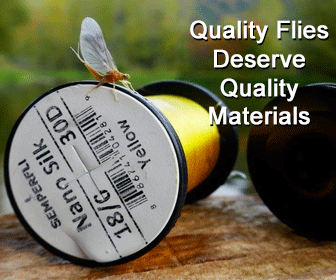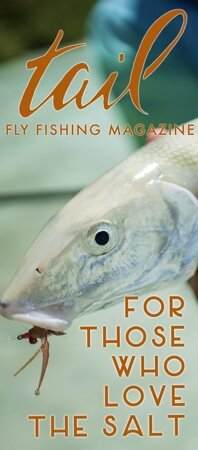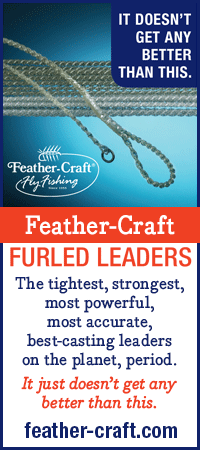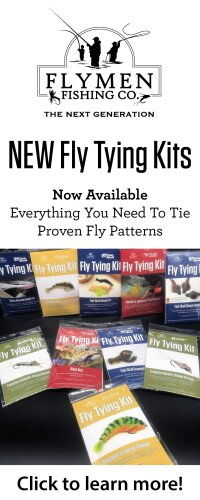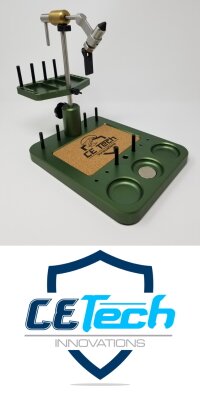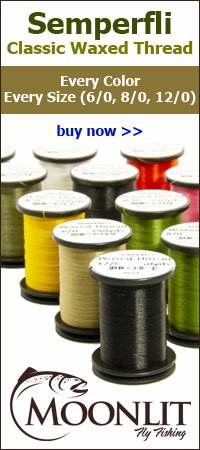Tim Johnson is a guide at Falcon’s Ledge and is a very talented fly tyer. Here is his tutorial on the candy crane that was just picked up by Orvis. But you have to read the story that Tim wrote that goes along with it to appreciate this cool bug even more!
No excuses. They’re big. They’re bad. They’re beefy. And they’re available to trout in most every river we fish. The trout are certainly eating them. In fact, I can’t imagine one of these hapless, chubby, porkchops makes it too far downstream before that hole’s alpha-trout pounds it. So I had to wonder, why aren’t we fishing them more?
I took more than my fair share of the beautiful little sausages that day and studied them closely. They were huge (some were pinky-finger-sized!), and clearly segmented, things I’ve seen in every decent crane fly larva pattern I’ve ever seen. What struck me most though, was their obvious translucence. They almost seemed to glow in the sunlight. Very soon after dying in the alcohol, however, they turned opaque and drab.
From that day forth I was a man possessed. I tried various methods to get that translucent glow into a fly dressing, but nothing was both accurate and efficient. Dubbings, furs, herls, all had good properties but lacked that hypnotic, translucent glow through the middle. With the popularity of UV-cure resins a few years ago, I finally had the obvious solution. With a bright core of krystal flash to prevent the dark hook shank from stealing light, and using clear UV epoxy to create the requisite beefiness without blocking the glow, I had the size and the sheen I’d been looking for. It was time for the Candy Crane to go to Beta testing.
The final version’s virgin dunk was on Montana’s Beaverhead. A BWO hatch was in force and fish were intermittently rising and feeding on the emergers. I figured the Candy Crane would make an ideal lead fly; it would glow big and bright and get the attention for the emerger pattern I put on point. Maybe stick the occasional fish not keyed in on the hatch. In reality, it stole the show. In the middle of a BWO hatch it outfished every baetis pattern I tried 3 or 4-to-1! Since then it has produced for me and my friends from Montana to Arizona, even in stillwaters. Now the jig is up and it’s available through Orvis.
Use the Candy Crane as your lead fly to grab attention and stick the fatties, and drop from it the fly du jour on your local water. You won’t be disappointed.



